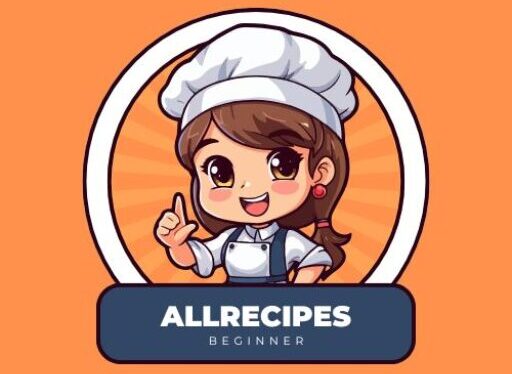When it comes to cooking shrimp, timing is everything. The transformation of these delicate sea creatures into a sumptuous dish hinges on just the right amount of heat for an optimal duration.
Understanding Shrimp Sizes and Cooking Times
The magic number for cooking shrimp lies between 2 to 5 minutes. This range depends on several variables, such as size, cooking method, and whether they are shelled.
- Large shrimp: A quick sauté on the stovetop typically requires 4 to 5 minutes until they turn a pleasing pink and opaque.
- Small shrimp: These demand less time—around 2 to 3 minutes per side.
This brevity emphasizes the fragility of shrimp; overcooking can lead to rubbery, unappetizing results that mask their natural sweetness and texture.
Boiling Shrimp to Perfection
If boiling is your preferred cooking technique, then salted water can be your best friend. The general rule suggests:
- Two minutes in boiling water for peeled shrimp.
This allows them to reach that perfect sweet spot: pinkish on the outside and opaque at the center.
Oven-Baked Shrimp
Should you choose to bake your shrimp in the oven, expect to allow 2 to 5 minutes, again influenced by their size and seasoning.
- Marinated shrimp may require slight adjustments in cooking time.
The Art of Grilling Shrimp
Grilling shrimp introduces a delightful smoky depth of flavor. Here’s what you need to know:
- Grilling typically takes 2 to 3 minutes per side.
- Direct flame or hot skillet efficiently transfers energy, swiftly cooking the shrimp.
During a summer barbecue, each skewer of shrimp demands careful attention to avoid that critical overcooked texture.
Tailoring Cooking Times to Preference
Cooking shrimp is fascinating due to the interplay between time and personal preference.
- Some enjoy a barely cooked, almost sushi-like shrimp, reveling in its fresh oceanic taste.
- Others find comfort in fully opaque flesh that releases robust flavors.
Even cultural cuisines influence cooking duration; in some Asian dishes, lightly steaming shrimp retains a slight crunch and vibrant color.
Environmental Considerations in Shrimp Sourcing
This discussion about shrimp cooking times also beckons a conversation about sustainability.
- The sourcing of shrimp can spark conversations about fishing methods and farm practices.
- Understanding cooking times helps make informed choices about shrimp selection.
Choosing shrimp harvested responsibly can enhance not only flavor but environmental integrity.
Crafting the Perfect Shrimp Dish
As you stand over a skillet or grill, remember it’s not just about the clock.
- It’s about crafting an experience that delights all the senses.
- Every flip, every stir, should echo the balance between time and taste.
Whether it’s for a quick weeknight dinner or a festive gathering, mastering shrimp can transform your culinary repertoire.
Exploring Flavor Profiles
Various cooking methods yield distinct flavors, enhancing your shrimp-dishing experience.
- Sautéing quickly caramelizes the natural sugars, intensifying sweetness.
- Grilling introduces a char that complements the inherent brininess.
- Boiling preserves a tender texture without overwhelming the palate.
Experimenting with seasonings can elevate these profiles even further, allowing you to tailor each dish to suit your flavor preferences.
Choosing The Right Tools
The right kitchen tools can greatly improve your shrimp cooking process.
- Non-stick pans are ideal for sautéing to prevent sticking.
- Skewers work well for grilling and provide ease of handling.
- A well-timed thermometer ensures perfect doneness if precision is desired.
Building your culinary arsenal leads to better, more reliable outcomes in shrimp preparation.
